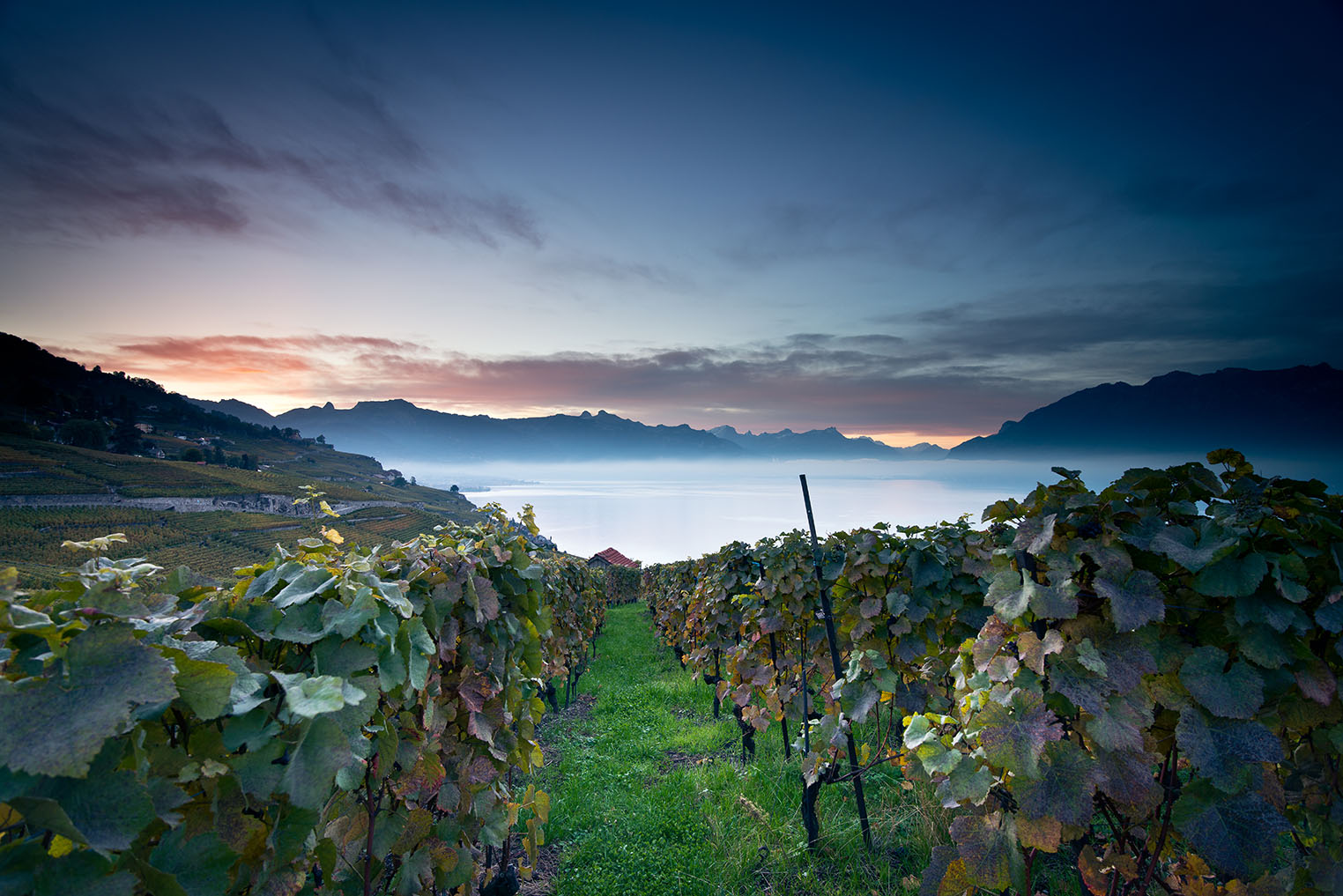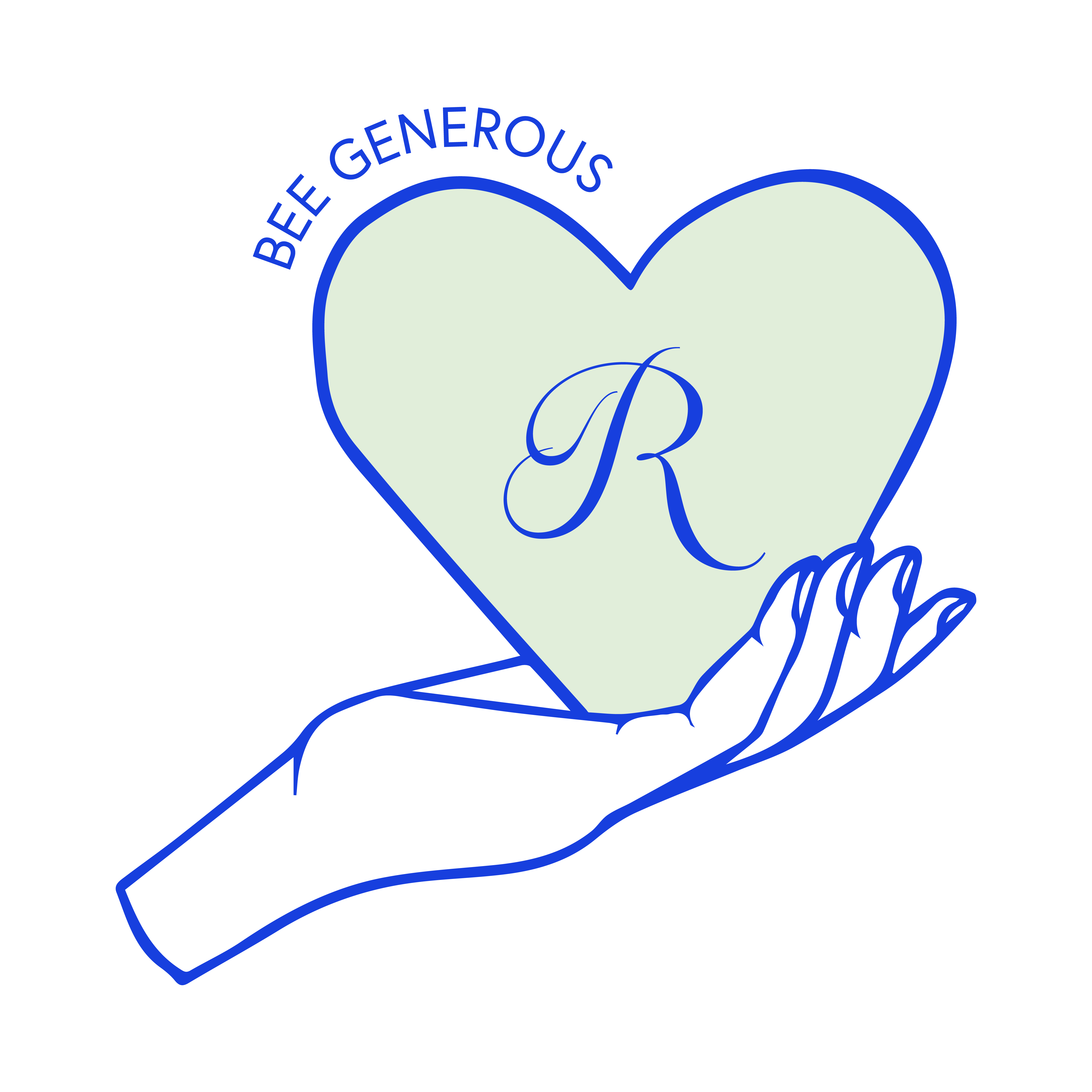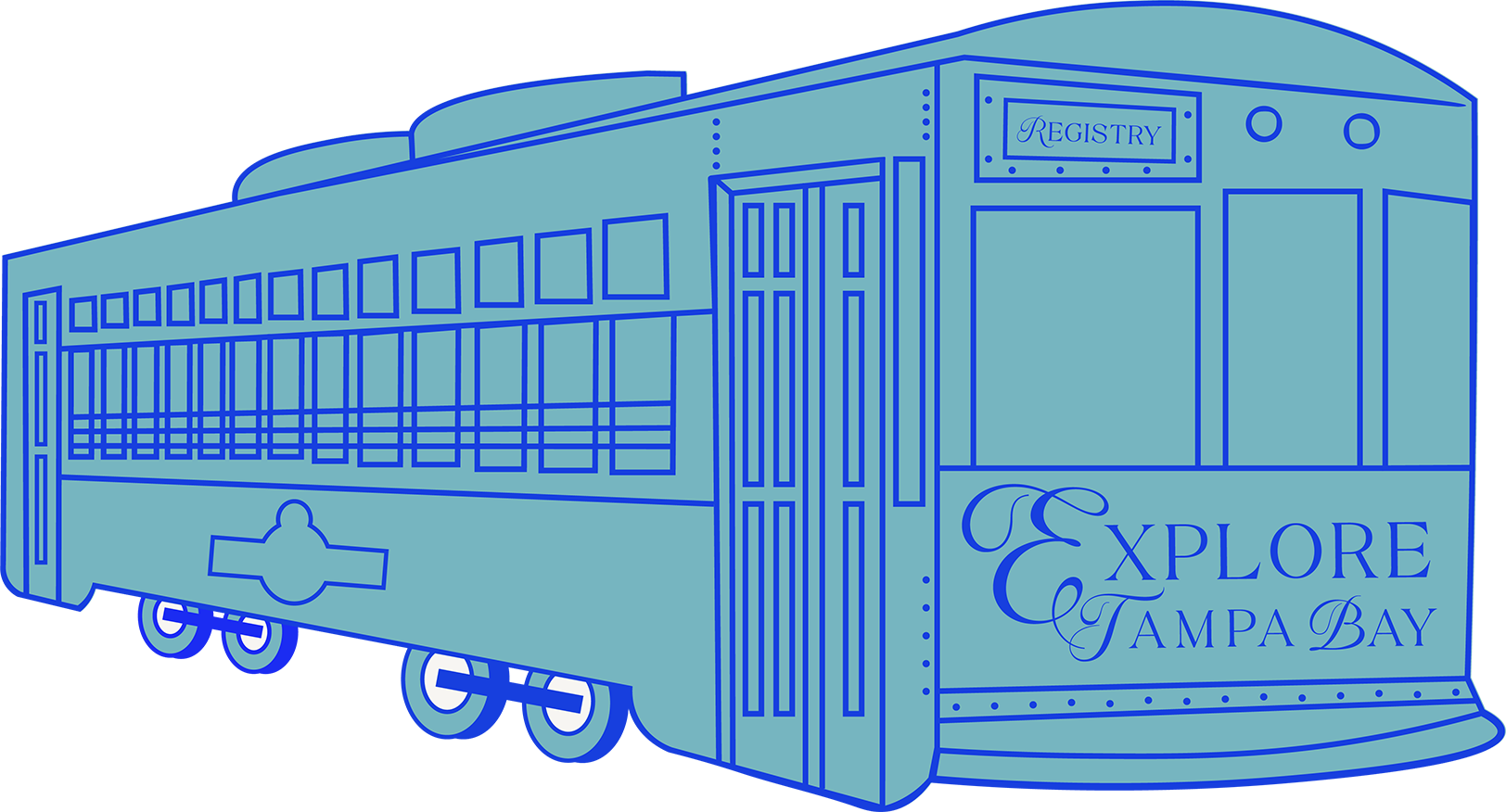An upcoming festival invites exploration of Switzerland’s Lavaux wine region on the slopes of Lake Geneva.
A leisurely three-course lunch with wine usually demands a post-prandial nap. But when you’re enjoying that lunch in Switzerland with friends while overlooking Lake Geneva in the heart of the historic Lavaux wine region, a digestive stroll afterwards is definitely in order.
The blueprint for the Lavaux was literally set in stone by Benedictine monks who in the 12th century tamed the steep south-facing slopes of Lake Geneva into terraced vineyards by building hundreds of rows of stone walls. Today, they are the cornerstone of the Lavaux UNESCO World Heritage Site. In this region, the cultural and economic connection to viniculture is entrenched in timeless traditions, including a once-per-generation festival dating to 1797 that reappears this summer for only the 12th time in its history (landing it on the New York Times‘s “52 Places to Go in 2019” list). I may not get to attend the festival, but I can certainly explore the landscape (and the wine) that spawned it.
[ngg_images source=”galleries” container_ids=”30″ display_type=”photocrati-nextgen_basic_slideshow” gallery_width=”600″ gallery_height=”400″ cycle_effect=”fade” cycle_interval=”10″ show_thumbnail_link=”1″ thumbnail_link_text=”[Show thumbnails]” order_by=”sortorder” order_direction=”ASC” returns=”included” maximum_entity_count=”500″]
Tasting the local grape
After lunch, we first walk along the lake in Cully (coo-yee), midway between Lausanne and Vevey (vuh-VAY), where a layer of mist separates the mirror-like surface from the dramatic French Alps across the lake (Switzerland is on the north side of the lake, France is on the south). Then we turn back through town, cutting between houses with French doors and wild roses in the garden. There’s an honor-system wine stand beside the road. We take a bottle and leave 10 Swiss francs in the box, not yet realizing that there’ll be plenty of opportunity to taste our way through the Lavaux. Before this trip, I’d never tasted Swiss wine (they keep it for themselves!). Now, we’re drinking it like water.
I’m at the back of the pack, breathing hard as the path climbs straight uphill. It’s October and the white Chasselas grapes are still being hand-harvested, just as they have been for centuries. The golden-tinged leaves provide a patina of fall foliage. Below, a majestic steam-powered paddle boat steals attention as she glides across the lake.
We reach a speck of a village named Riex and head to a caveau (wine cellar) for refreshment. Only Chasselas grapes are grown here, but it’s up to the winemakers to interpret them. The grapes themselves carry little distinction. They are sponges, soaking up the taste of sunshine and of millions-of-years-old minerals carried off the Rhone glacier from high in the Alps. They are the story of families who have tended the earth, vines and fruit with precision, passion and a long view for sustainability since the 1500s.
We’d intended to walk in a loop, returning to Cully to catch a train on to Vevey. But everyone is enjoying the outing too much to stop, so we continue east along the level path called the Route de la Corniche that cuts across the hillside. It’s after 5 p.m. when we arrive at the train station in Rivaz. Everyone is tired, happy and even a little bit hungry.
The train arrives two stops later In modern Vevey, where there’s a Starbucks across the street from the station. I’m sad to have left the timelessness of the vineyards behind. But just a few blocks away, the old town reveals itself in the narrow lanes surrounding the market square that faces the lake. I find flower-festooned shops, cozy sidewalk cafes and heavy wooden doors with hand-painted signs indicating “caveau.” Posters and banners are hung throughout town promoting next summer’s Fête des Vignerons, the festival of winegrowers, that will take place in a 20,000-seat stadium to be erected in the marketplace.
Five times a century
A few days later I go to the museum of the ancient society called the Confrérie des Vignerons, the brotherhood of winegrowers, that organizes the Fête des Vignerons. There I meet Mr. François Margot, the abbot-president. Among the artifacts, costumes and architectural models of past stadium designs, the first thing I learn from Margot is that the festival isn’t actually about the wine.
Though that doesn’t stop him from opening a bottle of grand cru. I’ve barely had my first cup of coffee, but happily accept a glass (or two) as Mr. Margot explains. The Fête des Vignerons honors the winegrowers and the workers. The first one in 1797 was more like a “parade celebrating the religion of wine,” he said.
The Confrérie exists to regulate and control the vineyard production of this region, thus ensuring economic longevity. “Our mission is to take a longview look at the balance between the ground and the grapes,” he explains. For instance, if the vines aren’t cut correctly, they invite pests and disease.
The Fête des Vignerons was created to recognize best practices in viniculture by the winemakers and evolved into a stadium-sized theatrical production featuring a cast of 5,500 locals. They rehearse for the better part of a year, buy their own costumes and take time off work for the 20 performances scheduled between July 18 through August 11.
This year’s Fête des Vignerons is only the 12th production since the first in 1797 because the Confrérie set out guidelines stating that it cannot occur more than five times per century. The festival is so unique that UNESCO recently included it on its list of living traditions that contribute to the “intangible cultural heritage of humanity.” Since the last winegrowers’ festival happened during the early days of the internet in 1999, the 2019 festival will be the first to attract a wider international audience.
Not everyone who travels to Vevey will have a ticket to the mainstage, says Margot. During the festival, the town itself becomes a second stage with food and wine tastings, parades, music and street performers showcasing customs from all of Switzerland.
Room with a view
When I return to my room at the Grand Hotel du Lac that afternoon, I sit on my balcony overlooking the manicured garden and the glorious Lake Geneva to enjoy a late-afternoon libation in the warm glow of the setting sun. Attending the Fête des Vignerons would be a once-in-a-lifetime experience and I hope to return for it. But if I can’t, that’s ok too.
The festival is an elevated moment to celebrate the beauty, history, wine, food, traditions and hospitality of a region whose identity is as solid as those stone walls set in place so many years ago. I am grateful to be experiencing it all right now.
PLAN YOUR TRIP
Experience the culture, food, wine and legendary Swiss hospitality of the Lake Geneva region, bookended by Lausanne and Vevey. Both cities are situated on the northeast shore of Lake Geneva and flourished during the Belle Époque era of the late 1800s and early 1900s. With tree-lined promenades beside the lake, the borrowed scenery of the Alps, and 150-year old grand hotels that are still at the top of their game, the “beautiful era” doesn’t seem so long ago.
Fly to Geneva. There are many routes that offer a U.S. connecting flight direct to Geneva. [Alternatively, Edelweiss flies direct from Tampa International Airport to Zurich, and from there you can connect to Geneva.] Then take a train to Lausanne (45 minutes) or Vevey (about an hour). The Lavaux Vineyard Terraces are in between. Start planning at lake-geneva-region.ch
Where to stay. In Lausanne, stay at one of the luxury Old World standards in the Sandoz Foundation Hotels portfolio. The Lausanne Palace (opened in 1915) is located high up the slope, and lakeview rooms have incredible views of the city. The Beau-Rivage Palace (from 1861) is lakeside and feels more like a resort hotel. Both have spas, Michelin-starred restaurants and five-star concierge service. The Grand Hotel du Lac (1868) overlooks Lake Geneva in Vevey and is a full-service, intimate hotel with just 50 guest rooms. Hotel Major Davel is a more budget-friendly option that opened last year in Cully after a complete makeover by the owner who was the longtime general manager of the Lausanne Palace. Fourteen simple but elegant rooms overlook the plaza and Lake Geneva.
Attending the Fête de Vignerons. The winegrowers festival is July 18 through August 11 in Vevey. You must purchase tickets in advance to one of the 20 performances. Book online at fetedesvignerons.ch/en/tickets. Hotel and ticket packages are available through the official Montreux Riviera region tourism organization at hotelfevi19.ch (click EN for English). The Lausanne Palace and Beau-Rivage Palace have secured top category tickets to every performance for their guests to purchase at face value. This would be a good time to work with a luxury travel advisor (such as Virtuoso Travel) who can deliver to you an unforgettable trip to Switzerland.
Exploring the Lavaux Terraced Vineyards. Whether you have only a few hours or want to spend a few days, visiting the UNESCO-listed vineyards is easy. Learn more at lake-geneva-region.ch (click on Montreux Riviera under “destinations”).
–




